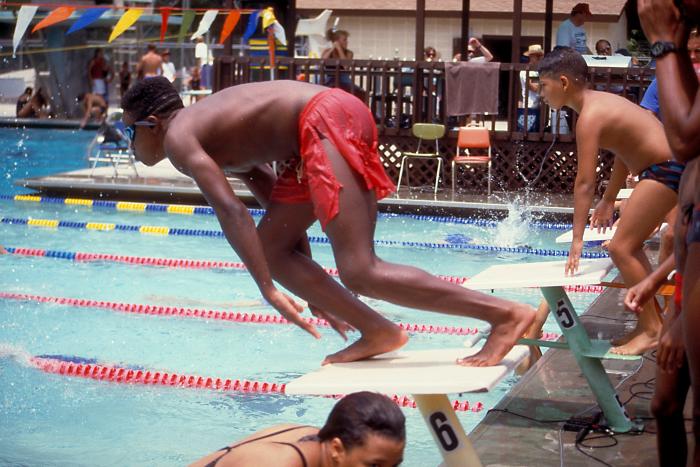- Clinical Technology
- Adult Immunization
- Hepatology
- Pediatric Immunization
- Screening
- Psychiatry
- Allergy
- Women's Health
- Cardiology
- Pediatrics
- Dermatology
- Endocrinology
- Pain Management
- Gastroenterology
- Infectious Disease
- Obesity Medicine
- Rheumatology
- Nephrology
- Neurology
- Pulmonology
Exercise and Asthma: Guidelines From the NIH
Patients with asthma may be reluctant to exercise for fear of triggering an attack. You can reassure them that adequate control can allow them to participate in almost any physical activity they wish. Recommendations from the NIH offer guidance on prevention of exercise-induced bronchospasm.
Patients with asthma may be reluctant to exercise for fear of triggering an attack. You can reassure them that adequate control can allow them to participate in almost any physical activity they wish. Recommendations from the NIH offer guidance on prevention of exercise-induced bronchospasm.1 Highlights are presented here.

WHO’S AT RISK?
A history of cough, dyspnea, chest pain or tightness, wheezing, or endurance problems during exercise suggests exercise-induced bronchospasm; however, all patients with asthma are at risk. To establish the diagnosis, order an exercise challenge test. A 15% or greater decrease in peak expiratory flow or forced expiratory volume in 1 second is diagnostic.
TREATMENT OF EXERCISE-INDUCED BRONCHOSPASM
Adequate asthma control can enable patients to participate in almost any physical activity without triggering symptoms. Frequent or severe exercise-induced bronchospasm may indicate the need to initiate or step up the dosage of long-term control medications.
Pretreatment recommendations before exercise include the following1:
?Inhaled beta2-agonists prevent exercise-induced bronchospasm in more than 80% of patients. A short-acting beta2-agonist used just before exercise may be helpful for 2 to 3 hours. A long-acting beta2-agonist can be protective for up to 12 hours, but daily use shortens the duration of protection. Frequent or long-term use of a long-acting beta2-agonist as pretreatment for exercise-induced bronchospasm is discouraged because it may disguise poorly controlled persistent asthma.
?Leukotriene receptor antagonists, which have an onset of action generally hours after administration, can attenuate exercise-induced bronchospasm in up to 50% of patients.
?Cromolyn or nedocromil taken shortly before exercise is an alternative treatment, but these agents are not as effective as short-acting beta2-agonists.
?A warmup period before exercise may reduce the degree of exercise-induced bronchospasm.
?A mask or scarf over the mouth may attenuate cold-induced exercise-induced bronchospasm.
PHYSICAL ACTIVITIES THAT POSE LEAST RISK
Certain activities may be less likely than others to trigger exercise-induced bronchospasm. Among those recommended by the American Academy of Allergy, Asthma, and Immunology are2:
?Swimming.
?Walking.
?Bike riding.
?Hiking.
Sports that require sustained activity, such as soccer and basketball, may be more likely to cause symptoms than those that do not, such as baseball. Cold weather sports also pose greater risk of exercise-induced bronchospasm than warm-weather activities.
References:
REFERENCES:
1. National Heart, Lung, and Blood Institute. Expert Panel Report 3 (EPR-3): Guidelines for the Diagnosis and Management of Asthma.Bethesda, Md: NIH; 2007.
2. American Academy of Allergy, Asthma & Immunology. Tips to Remember: Asthma and Exercise.
Â
